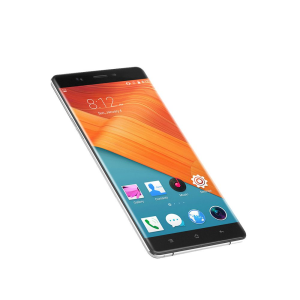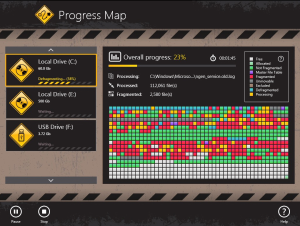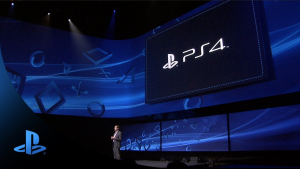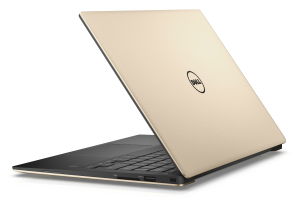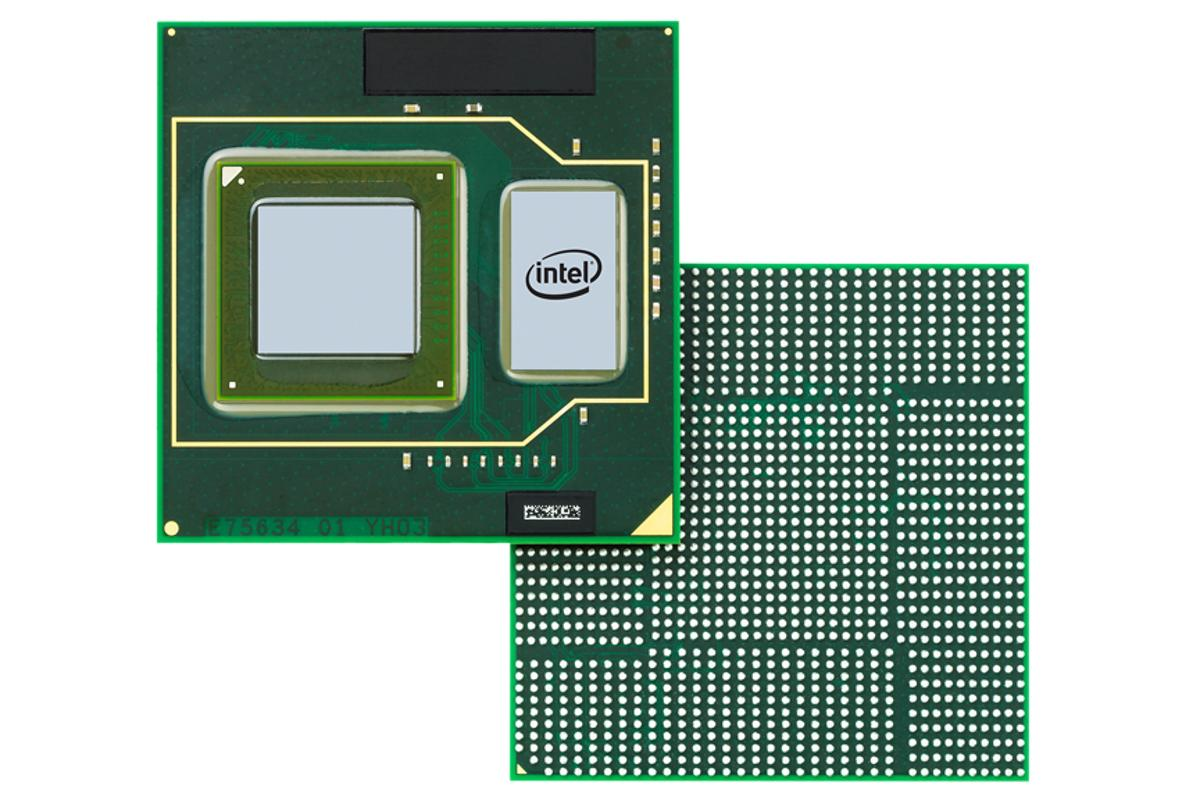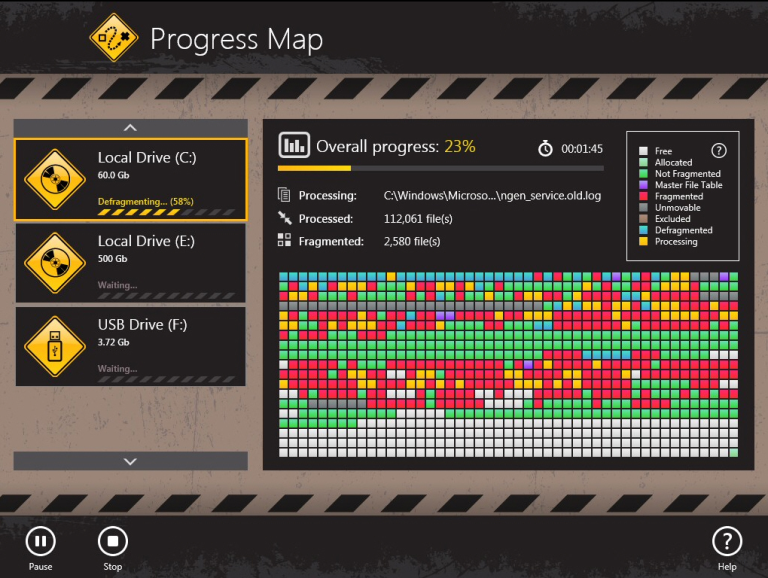Intel Atom processors have made a notable entry into the smartphone arena, signaling a significant shift in mobile technology. At the Consumer Electronics Show, Intel announced that these innovative processors will power Android-based smartphones from industry leaders Lenovo and Motorola in the latter half of the year, marking a milestone for Intel smartphones. Intel President and CEO Paul Otellini emphasized the importance of this partnership, stating that this collaboration would lay a strong foundation for the integration of x86 Intel chipsets into mobile devices. Previously overshadowed by the dominance of ARM-based mobile processors, Intel aims to redefine market dynamics with its Atom processors that promise improved performance for users. As mobile processors evolve, this partnership points to a bright future for Intel in the competitive smartphone landscape, particularly with Android’s expansive reach.
The introduction of Intel Atom chips into the mobile sector heralds a new era for smartphone technology. These compact yet powerful processors, set to enhance devices from well-known manufacturers like Lenovo and Motorola, are designed to deliver robust performance for Android operating systems. The strategic alliance between Intel and these smartphone giants highlights a pivotal moment in the industry, allowing for the potential of advanced computing capabilities in handheld devices. As the demand for innovation rises, Atom processors are positioned to leverage the growing trend towards more powerful mobile processing solutions. This development reflects not just a technological upgrade but also a strategic repositioning for Intel in a market historically dominated by competitors such as ARM.
The Game-Changing Role of Intel Atom Processors in Smartphones
Intel Atom processors are set to revolutionize the smartphone market, as the tech giant pivots to align with Android-based devices. The announcement at the Consumer Electronics Show highlighted Intel’s commitment to integrating its powerful x86 architecture into mobile computing. With Motorola and Lenovo supporting this initiative, consumers can expect enhanced performance and efficiency in their devices. The Atom processors are optimized for mobile use, allowing Android manufacturers to leverage Intel’s robust computing capabilities in a compact form, thus transforming users’ experiences with faster application load times and improved multitasking.
Moreover, the partnership between Intel and major smartphone manufacturers like Lenovo and Motorola serves as a strategic move to compete against the existing dominance of ARM-based processors. By integrating Intel Atom processors into Android smartphones, consumers can benefit from superior processing power without compromising battery life. This is particularly important in a market where performance and energy efficiency are critical to user satisfaction. As these smartphones roll out in the latter half of the year, it will be fascinating to see how the market reacts and whether Intel can carve out a significant share amidst stiff competition.
The Intel and Android Partnership: A New Era for Mobile Computing
The collaboration between Intel and the Android operating system marks a significant milestone in mobile computing. Previously, Intel’s x86 chipsets were primarily associated with traditional PCs, but now they are entering the realm of smartphones thanks to advancements in the Atom processor technology. This synergy promises to bring the same reliability, speed, and performance that Intel is known for in personal computing to the mobile sector. With this partnership, manufacturers are poised to create devices that harness Intel’s strengths, potentially leading to a new generation of ultra-responsive smartphones with seamless application performance.
As the Android Intel partnership unfolds, developers will have the opportunity to optimize applications for x86 architecture, broadening the software ecosystem around Intel smartphones. This is particularly advantageous, as it allows for greater flexibility and performance tuning that can lead to new innovations in mobile applications. The enthusiasm surrounding this partnership is palpable, with industry analysts predicting that Intel’s entry into the Android smartphone market could disrupt the status quo and invigorate competition, pushing other manufacturers to innovate faster to keep pace.
A Look at Lenovo and Motorola’s Role in the Intel Smartphone Revolution
Lenovo and Motorola are pivotal players in the introduction of Intel Atom processors into the smartphone landscape. Their partnership with Intel not only aligns both brands with cutting-edge technology but also allows them to differentiate themselves in a crowded marketplace through innovation. As they prepare to launch devices powered by Intel, expectations are high for unique features that leverage the x86 chipset capabilities. The combination of Lenovo’s manufacturing expertise and Motorola’s design intelligence is expected to produce smartphones that are both powerful and user-friendly, setting a new standard for what consumers can expect in mobile technology.
Furthermore, as the race for advanced mobile processors heats up, Lenovo and Motorola’s collaboration with Intel could significantly impact market dynamics. By adopting Intel Atom processors, both companies are likely to challenge the established dominance of ARM processors in the smartphone market. This could lead to competitive pricing strategies and innovations that prioritize functionality and user experience. The success of these early models will be crucial, as they will serve as benchmarks for future devices deploying Intel’s mobile processing technology, thus potentially reshaping the landscape of mobile computation.
Mobile Processors: The Future of Computing in Smartphones
The future of smartphones increasingly hinges on the capabilities of mobile processors. With the introduction of Intel Atom processors into Android devices, the landscape is poised for transformation. Mobile processors must be able to power high-performance applications while maintaining efficiency and battery longevity. As Intel integrates its technology into smartphones, users can expect not only better performance but also enhanced graphics and smarter multitasking capabilities that were once only seen in high-end PCs.
As competition in the mobile chipset sector intensifies, innovations from companies like Intel will spark new developments among other mobile processor manufacturers. The evolution of mobile processors will likely focus on improvements concerning artificial intelligence, machine learning, and augmented reality features, opening doors to novel applications for everyday users. Future devices featuring Intel Atom technology could not only meet but exceed the demands of modern smartphone users, ensuring that mobile computing maintains its rapid pace of advancement.
Intel’s Position in the Competitive Landscape of Mobile Processors
Intel’s entry into the mobile processor market represents a strategic reorientation to reclaim its position against competitors like ARM, which currently leads in the world of smartphones. Historically, Intel has maintained a stronghold in PC processors but has struggled to garner a similar market share in mobile computing. However, with the advancements in their x86 architecture through the Atom processors, Intel is now in a prime position to challenge existing paradigms and capitalize on the surging demand for smarter and more powerful smartphones.
As the company redefines its brand identity in the smartphone space, Intel must navigate a landscape filled with established players and emerging startups alike. Their focus on collaborating with reputable manufacturers like Lenovo and Motorola is a significant step in gaining consumer trust and enhancing product visibility. This strategic approach, coupled with a continued commitment to research and development in mobile chipset technology, positions Intel favorably for long-term growth in a competitive market where innovation is key.
The Impact of x86 Architecture on Mobile Technology
The transition of x86 architecture into mobile technology heralds exciting prospects for the future of smartphones. Historically associated with desktop and laptop computing, x86’s introduction into mobile processors may offer enhanced computational power and energy efficiency. This shift could lead to smartphones capable of handling more complex tasks with ease, paving the way for applications that rely heavily on demanding computing processes such as gaming, 3D modeling, and high-definition video production.
Moreover, the x86 architecture’s compatibility with a wide range of software applications can potentially simplify the development of mobile apps. Developers who are accustomed to working within the x86 ecosystem may find it easier to create apps that can seamlessly transition from desktop to mobile platforms. This compatibility could foster a rich and diverse range of applications available to users of Intel-powered smartphones, reinforcing the importance of x86 architecture in redefining mobile technology.
Enhancing User Experience with Intel Atom Processors
Intel Atom processors are designed not just for performance but also for enhancing the overall user experience. These processors are engineered to balance processing power with energy efficiency, which is crucial for current smartphone users who demand longer battery life without sacrificing performance. With this technology, users can expect faster app launches, smoother multitasking, and significantly reduced latency when navigating through their devices. This boost in performance can greatly enhance how users interact with their applications, resulting in a more enjoyable experience.
Additionally, the integration of Intel Atom processors may lead to improvements in device functionality that align with modern consumer trends. For instance, as consumers increasingly rely on their smartphones for multimedia consumption, Intel’s capabilities could optimize how these devices handle graphic-intensive tasks, making them more suitable for gaming and streaming. The overall combination of robust performance and efficiency may well redefine user expectations regarding what smartphones powered by Intel technology can achieve.
Navigating the Future of Android Smartphones with Intel
The partnership between Intel and Android marks a critical juncture for the future of smartphones. As Intel pushes forward with its Atom processors in mobile devices, the implications extend beyond just hardware. This collaboration signals a potential shift in software development as well. Developers may need to rethink app optimization and performance tuning to harness the power of Intel processors, leading to a more innovative app ecosystem that can take full advantage of the capabilities these new processors offer.
In this evolving landscape, it is essential for stakeholders, including manufacturers, developers, and users, to adapt to the changes brought by Intel’s technology. The introduction of Intel Atom processors in Android smartphones could spur widespread adoption and further developments. It will be intriguing to observe how these advancements will impact the competitiveness of the entire mobile industry, affecting not just hardware configurations but also software experiences and consumer expectations moving forward.
Frequently Asked Questions
What are Intel Atom processors and how do they relate to mobile devices?
Intel Atom processors are a line of low-power microprocessors designed primarily for mobile devices, including smartphones and tablets. They are essential for providing efficient performance in Intel smartphones and are known for their energy-saving capabilities, making them ideal for battery-operated devices. The recent partnership between Intel and Android has also positioned Atom processors as a viable option for the next generation of smartphones.
How will the Intel smartphones using Atom processors impact the market?
The introduction of Intel smartphones powered by Atom processors is expected to diversify the mobile processor market. With the collaboration between Intel, Lenovo, and Motorola, these smartphones will leverage the performance benefits of x86 Intel chipsets, providing users with a unique combination of computing power and advanced Android features, thereby challenging the dominance of ARM-based processors in the smartphone industry.
What performance advantages do Intel Atom processors offer in Android smartphones?
Intel Atom processors provide notable performance advantages in Android smartphones by optimizing power consumption while delivering robust processing capabilities. This enables seamless multitasking, faster app launches, and responsive gaming experiences. The collaboration between Intel and Android aims to enhance user experience through the superior processing power of x86 Intel chipsets.
Are there any specific smartphones featuring Intel Atom processors?
Yes, Lenovo and Motorola have announced that their upcoming smartphones will feature Intel Atom processors. This partnership marks a significant step for Intel in establishing a footprint in the smartphone market, showcasing an innovative approach to mobile processing with their x86 architecture-based chips.
What role do Intel Atom processors play in Lenovo and Motorola smartphones?
Intel Atom processors play a crucial role in Lenovo and Motorola smartphones by providing a robust and efficient processing platform that enhances device performance. With the incorporation of Intel’s x86 architecture, these smartphones will benefit from strong computational power, which is essential for running resource-intensive applications and delivering an overall smooth user experience.
Why is the partnership between Intel and Android significant for mobile processors?
The partnership between Intel and Android is significant as it marks Intel’s concerted effort to penetrate the smartphone market, traditionally dominated by ARM-based architectures. By adapting Android to work with Intel Atom processors, this collaboration reinforces Intel’s commitment to developing competitive mobile processors, potentially changing the landscape of mobile computing.
How does Intel’s focus on Android affect the development of Atom processors?
Intel’s focus on Android positively influences the development of Atom processors by driving innovation tailored specifically for mobile devices. This shift encourages optimization for performance and battery efficiency, which are critical in smartphones. As Intel extends its reach in the mobile market, we can expect further advancements in their x86 chipset capabilities.
What challenges does Intel face with Atom processors in smartphones?
Intel faces several challenges with Atom processors in the smartphone market, including fierce competition from established ARM-based chipmakers who dominate the landscape. Moreover, developers need to adapt Android applications to be compatible with x86 architectures, which can complicate the transition. However, Intel’s strategic partnerships with Lenovo and Motorola aim to mitigate these challenges.
| Key Point | Details |
|---|---|
| Intel Atom Processors Announcement | Intel announced that Atom processors will be used in smartphones by Motorola and Lenovo. |
| Collaboration with Major Brands | Intel is collaborating with Lenovo and Motorola to establish its processors in the smartphone market. |
| Growth Potential | This partnership is seen as a foundation for growth in 2012 and beyond for Intel. |
| Limited Market Presence | Intel had a very limited presence in the smartphone market before this announcement. |
| Porting Android to Intel x86 | Intel is working on adapting Android OS for its x86-based mobile processors. |
| Game Changer for Intel | This initiative represents a significant shift for Intel as it aims to compete with ARM-based processors. |
Summary
Intel Atom processors are set to make a significant impact in the smartphone market through collaborations with industry leaders like Motorola and Lenovo. This strategic move marks a major shift for Intel, which aims to transition its x86-based mobile processors for use with Android operating systems. While the smartphone space is currently dominated by ARM architecture, Intel’s entry with Atom processors could redefine competition and enhance growth opportunities in the mobile sector.
